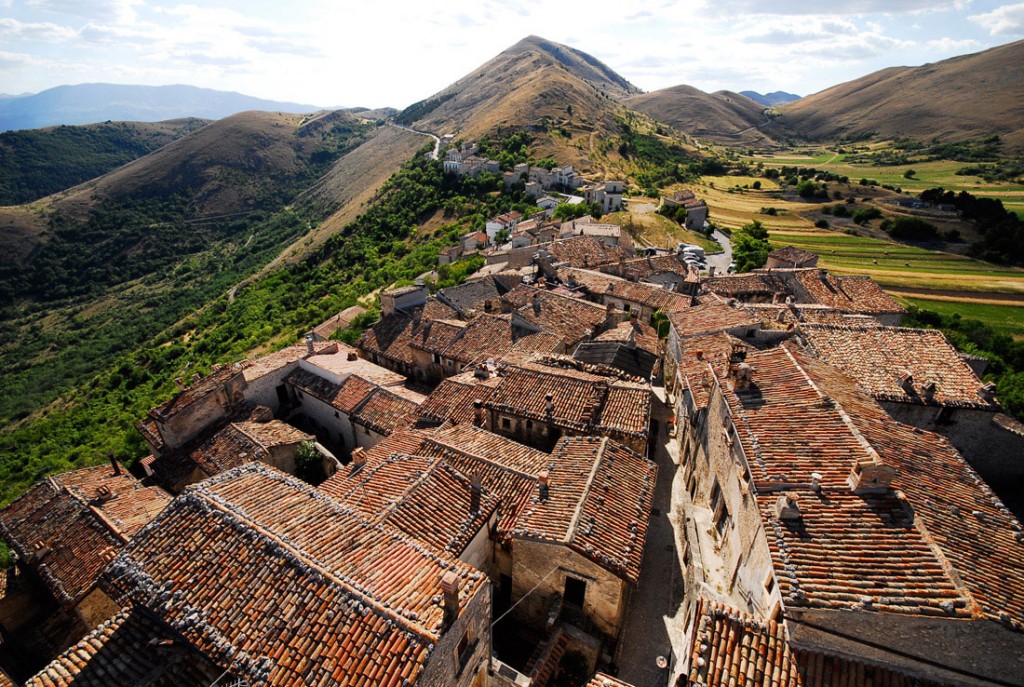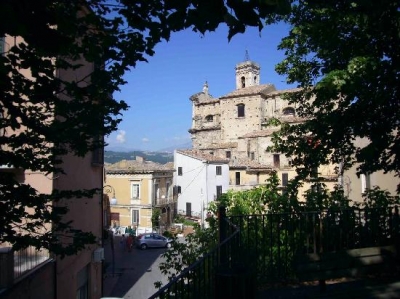If you are looking for a European tourist destination, consider visiting the Abruzzi region of central Italy. Depending on your interests, this beautiful area might be an ideal vacation spot. You can see scads of churches, lots of Roman ruins, engage in winter sports, simply enjoy nature and much more. Abruzzi is definitely off the beaten path, despite the fact that it is fairly close to Rome.
We start our tour of eastern Abruzzi in the small city of Sulmona. Then we head north to Chieti and northwest to Pescara on the Adriatic Sea. Be sure to read the companion articles in this series that present western Abruzzi and the fabulous Gran Sasso National Park.
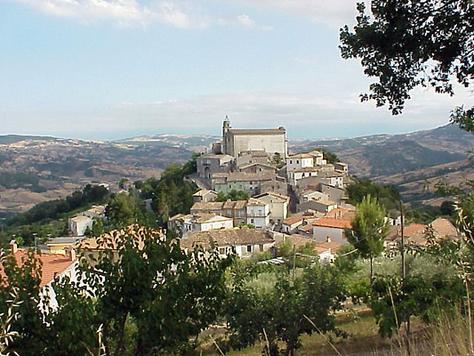
Sulmona is a city of about twenty-five thousand. You may choose to start your tour at the Cattedrale di San Panfilo built on the site of a Roman temple. From the Cathedral you can stroll down “main street”, Corso Ovido, named for the great poet Ovid and enjoy the arcades, palaces, churches, and shops. The Fifteenth Century Palazzo dell’Annunziata houses the Museo Civico (Municipal Museum). Sadly the church of San Francesco della Scarpa was destroyed by an earthquake leaving only a Romanesque doorway. Across the way you will see a lovely Fifteenth Century Renaissance fountain fed by an even older aqueduct with many arches still standing.
Piazza Garibaldi is named for the hero of Italian unification. It is the largest square in town and boasts a lovely Baroque fountain. Every Easter there is a traditional procession of the statue of the Madonna. Summer here means the Palio style medieval festival and horse race, known as the Giostra Cavalleresca. Enjoy the market days on Wednesday and Saturday.
The city of Chieti with about fifty five thousand people is a provincial capital. The Piazza Vittorio Emanuele is home to the Town Hall and the Gothic cathedral of San Giustino, with a Baroque interior. Behind the Town Hall runs the Corso Marrucino with the Museo Nazionale di Antichità (National Museum of Antiquities) that contains fine prehistoric and Roman collections. Other museums include the Costantino Barbella Art Museum, a Biomedical Science Museum, La Civitella Archaeological Museum, and the Diocesan Theatine Museum.
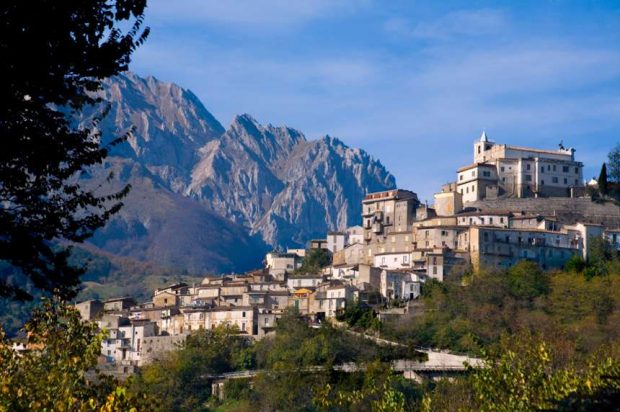
There are several Roman buildings and more excavations are underway. Of course you will find several churches of interest such as the Thirteenth Century Church of San Francesco al Corso and the Oratory of Sacro Monte dei Morti.
Pescara is also a provincial capital, but its population is considerably larger, about one hundred thirty thousand.
Here you can find the house where the famous Italian poet Gabriele D’Annunzio was born. This is not the place to talk about his politics, but D’Annunzio was an important figure in the Fascist history of Italy so I don’t plan to visit his birthplace. I’d rather go to the Museo Ittico (Via
Paolucci) near the Porto Canale and see the skeleton of a sperm whale. The Palazzo del Governo hosts the provincial library. Unlike the majority of Italian Cathedrals, the Cathedral of St. Cetteus was constructed during the 1930s.
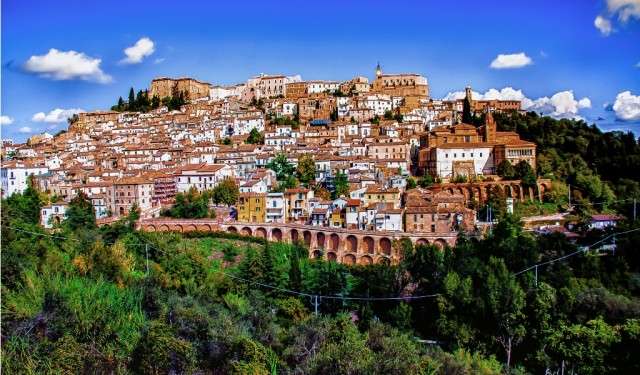
So if you fancy old things you may prefer the Museo delle Genti d’Abruzzo (Museum of the Abruzzi People). The city’s shoreline extends for over twelve miles (twenty kilometers) so there are lots of seaside things to do and to eat. By the way, many seafood restaurants are open all year long.
The city has quite a nightlife, in part due to the local university named for you know who. Every July this city hosts the Pescara Jazz Festival.

